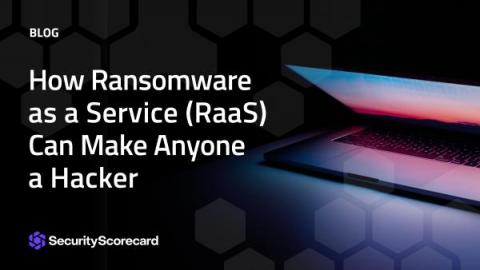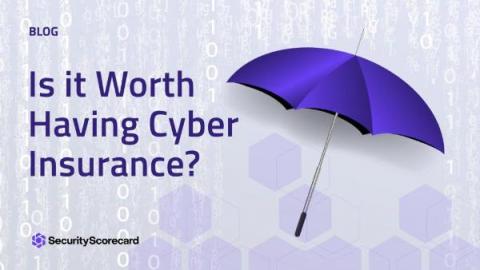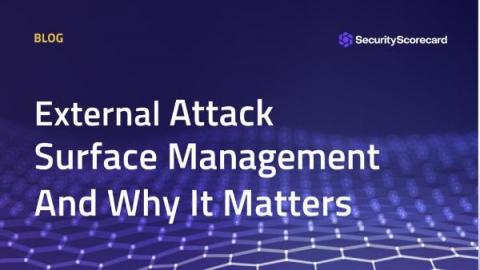How resilient is your supply chain?
This week kicks off the 6th annual National Supply Chain Integrity Month, an initiative started by CISA and other government agencies to highlight the importance of securing our nation’s most critical systems. This year’s theme, “Supply Chain Risk Management (SCRM) – The Recipe for Resilience,” is meant to encourage all stakeholders to apply a comprehensive approach in their efforts to strengthen cyber defenses.











